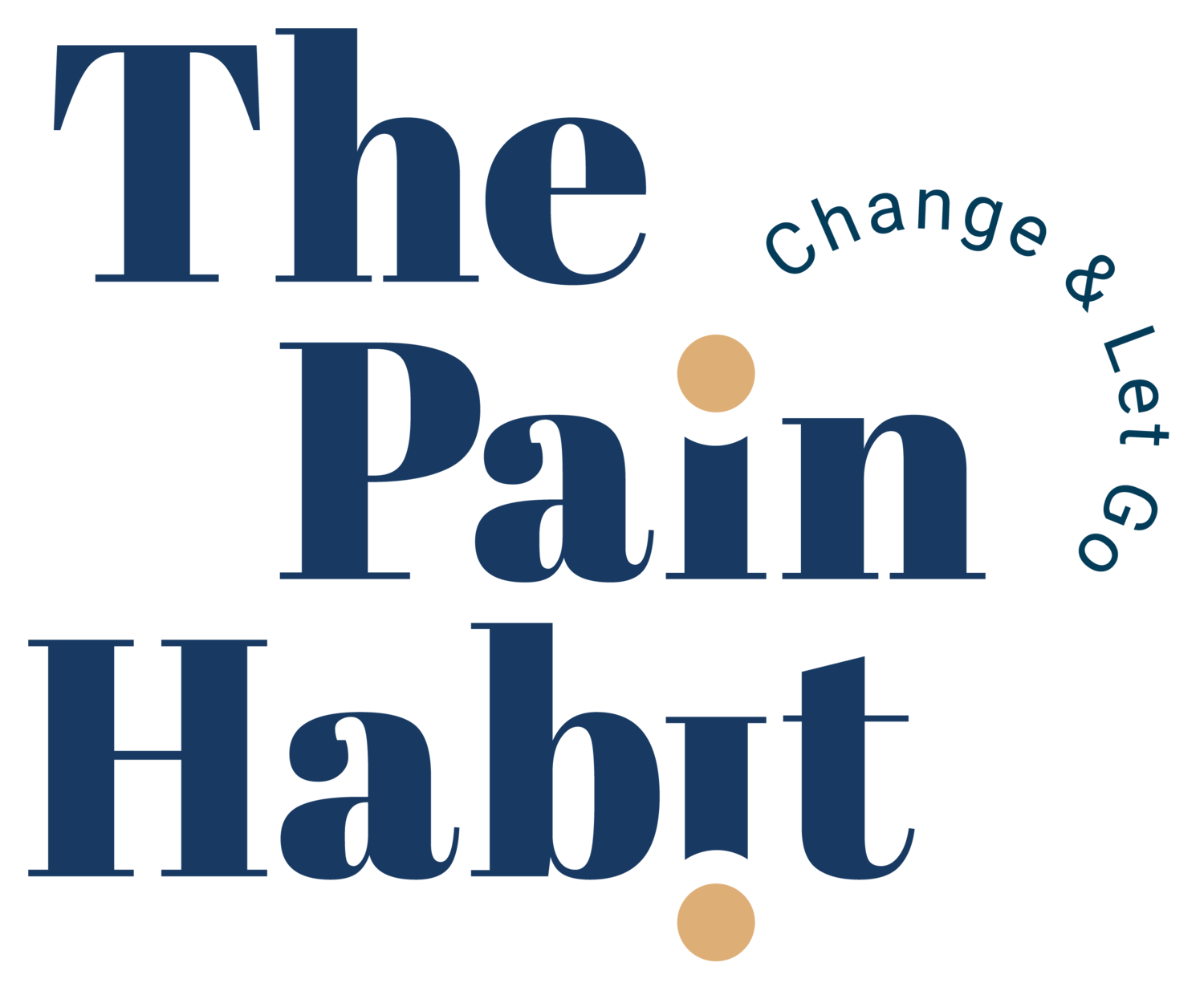‘My F!@*ing Knee!’
One Habit Of Many
Swearing was just one of this man's habits of getting out of bed every morning after playing golf. So I asked him to look at a few more, and he listed five that involved him, his wife and his workmates.
He would place his foot on the floor and anticipate pain. Even before he put his weight through the leg, the grimace would be on his face as he knew what sensation he was about to experience.
He would tentatively stand up, but he would limp around the bed as he started his daily morning routine. The next part would involve saying, ‘My f!@*ing knee!’ which would prompt his wife to join in with her habitual moan at seeing her husband in pain and shout, ‘You’re playing too much golf!’
Daily Ritual
If the limp, swearing, grimace and his wife's criticism were not enough, he would continue the ritual at work. The days after playing golf, he would sit in the chair and finish the charade, and he would end by resting his leg up on the desk for everyone to see.
Colleagues would come over and ask how he was and ask about the knee. He might swear again, grimace and say it was down to arthritis. Then say that the surgeon had told him nothing he could do for him other than have a knee replacement but that he was too young for one.
When I asked him how many times he had played out this routine, I suggested it may have been in the hundreds. He said that was more likely to be in the thousands.
Ok for Acute Pain
These behaviours start with the onset of pain and are ok if used for the early stages in helping someone recover from an acute injury. Getting attention from others to help work that pain out is essential. Protecting a limb by limping is needed, and feeling frustrated at not doing the things we love is natural, as is seeing a loved one in pain that you cannot help.
But if these behaviours are repeated so much, they can become invisible and habitual. They become unconscious to the individual, as do the behaviours of those around us who see your pain. So they just play out what they think is best to help you in that situation.
The problem is that when we involve others in our pain, it can make that pain even harder to break. These people and their reactions provide cues for the brain and body, and the way they respond to your pain feeds the mechanisms which help you interpret your pain.
If those behaviours come from the fight, flight, freeze or fawn response, you and they are going around in circles chasing a pain no one will catch.
View From A Distance
Only when you can view these behaviours from a distance that they become apparent. You can decide to change those behaviours or keep them at that moment.
Our culture spouts the belief that when the pain goes, we will feel better, but it doesn't work like that. When we start to feel better, our pain goes.
Because the mechanisms to do this are unconscious and invisible to us, we think we have no control over the pain, but we do. Being aware of the tools means you can start to learn or relearn new behaviours in the presence of that pain, which changes your experience.
I discussed with this patient the notion of changing some of those behaviours independent of the pain. Yes, he could continue the ones he’s always used, but they are likely to contribute to the main perceptual driver behind his pain, fear.
Addressing The Context
Looking at different ways to address this can come through rational thoughts, words, movements, breathing patterns and any other activity representing a moment of safety to that person in the context where the knee pain usually appears.
Within a week, he’d started not to use some of the habitual patterns. Instead, he stopped showing his pain to his wife and work colleagues. That means less criticism from his wife, which is always lovely, and a lack of empathy he received at work as he placed his leg on the desk.
Both are forms of attention received from being in pain. Still, the spousal criticism brings judgement, shame and guilt and colleague empathy means that two people feel sad over the pain rather than just one, and neither is that happy.
Make The Shift
So the shift from helpful behaviours for acutely painful situations to helpful behaviours for chronic problems has to be made for the pain to change. For example, if the person plays out the same old behaviours in pain and everyone they meet with it, there's not much chance the pain will go.
When the person initiates that change, takes responsibility for it and sets the boundaries to maintain it, the rewards are natural, effortless and liberating.
It is magical to observe, but more importantly, it is magical to feel for the person in pain.
Start looking at your habitual pain patterns and see what you could consider changing.
You'll be amazed at what comes next.
What’s next?
Take Your First Step to Recovery.
Join our FREE private Facebook group, The Pain Habit Community, to see how others have successfully returned to a pain-free life. Get support on your journey.
Sign up for The Pain Habit Blog below.
Subscribe to The Pain Habit YouTube channel.
Buy The Pain Habit book. Order here.



